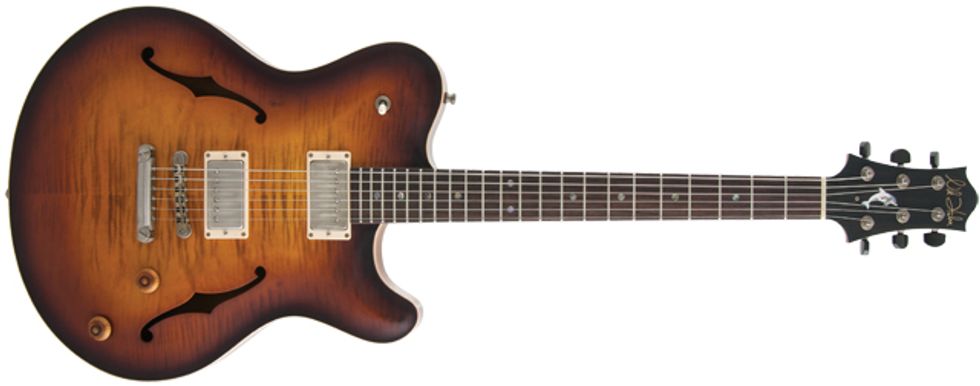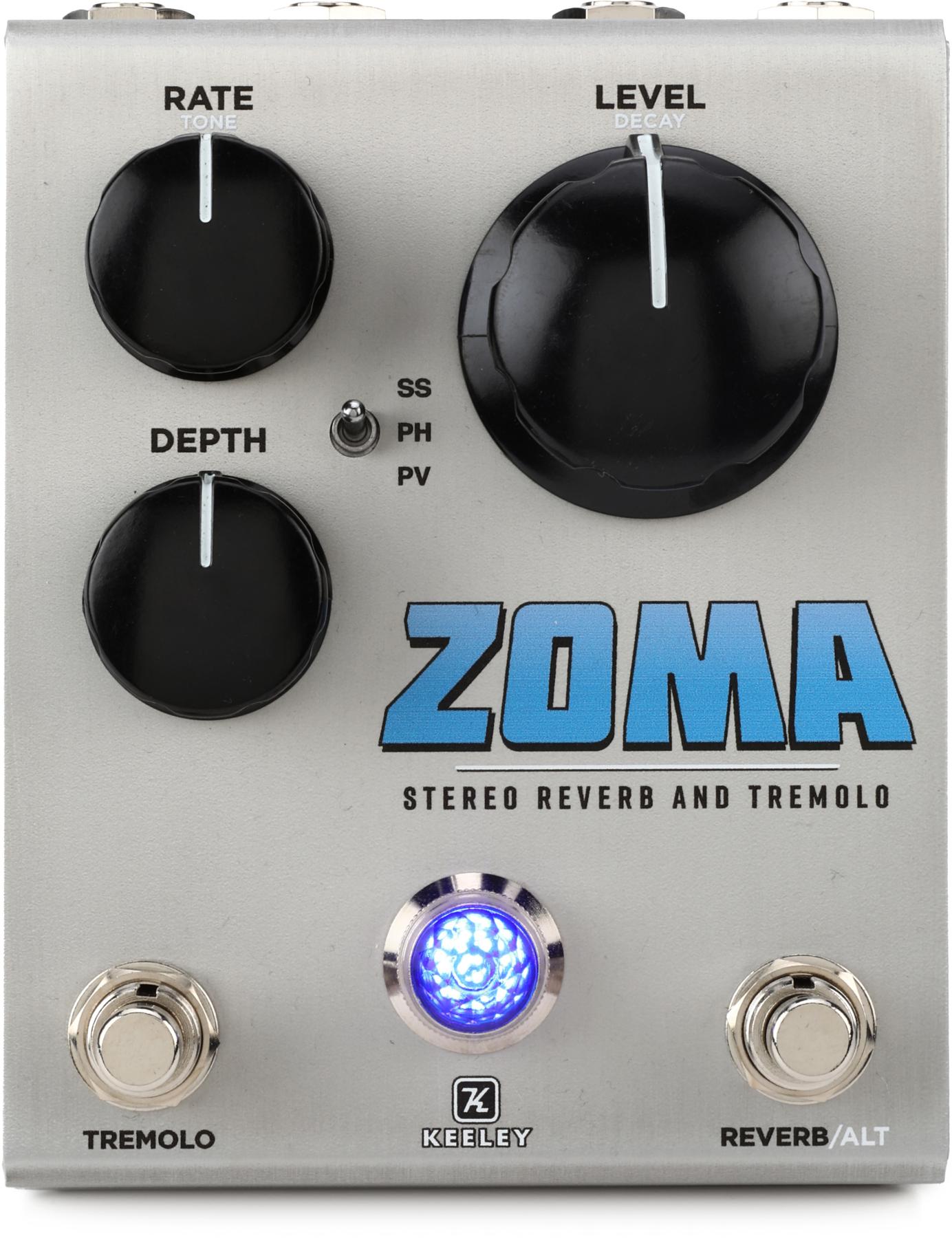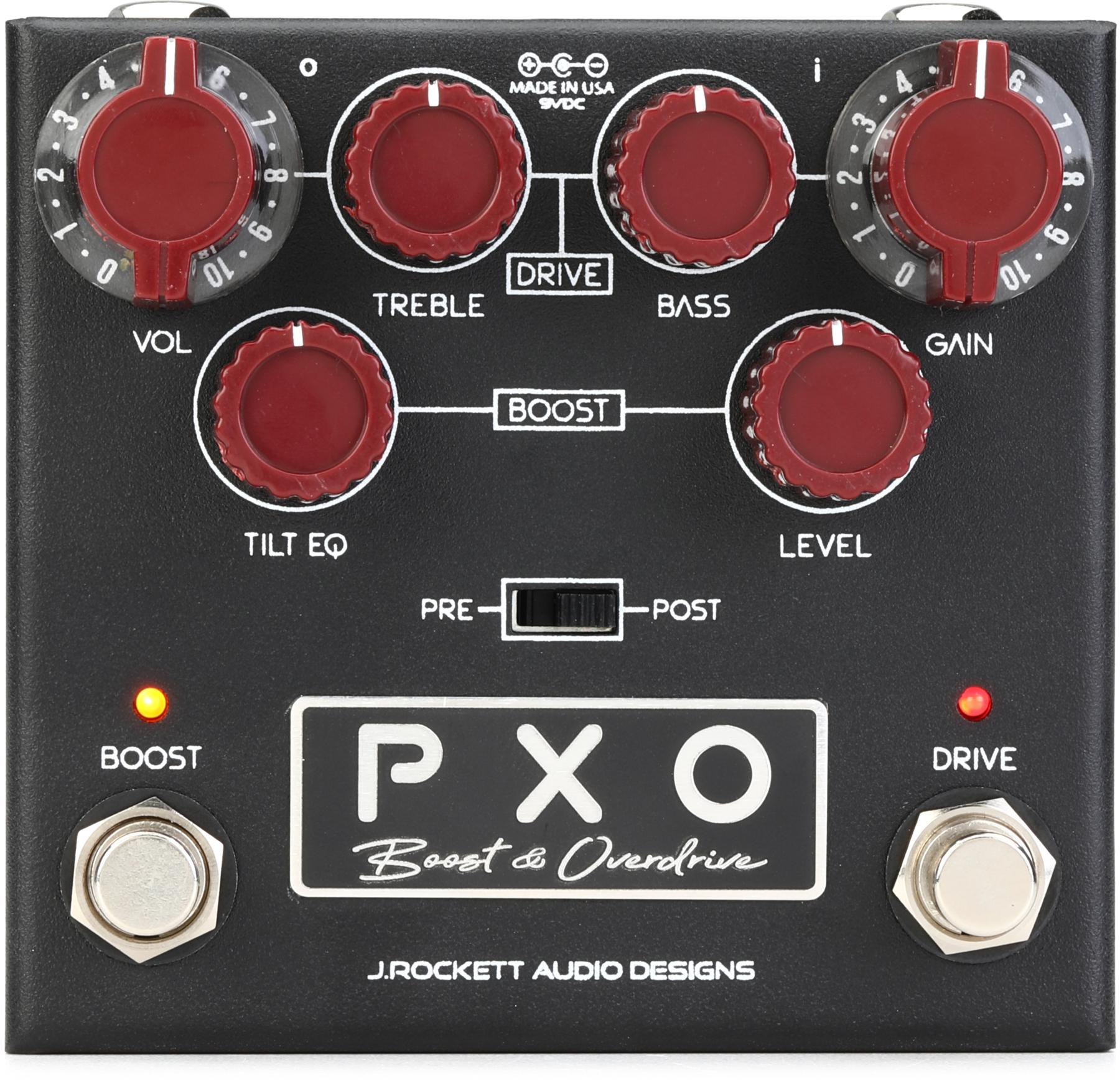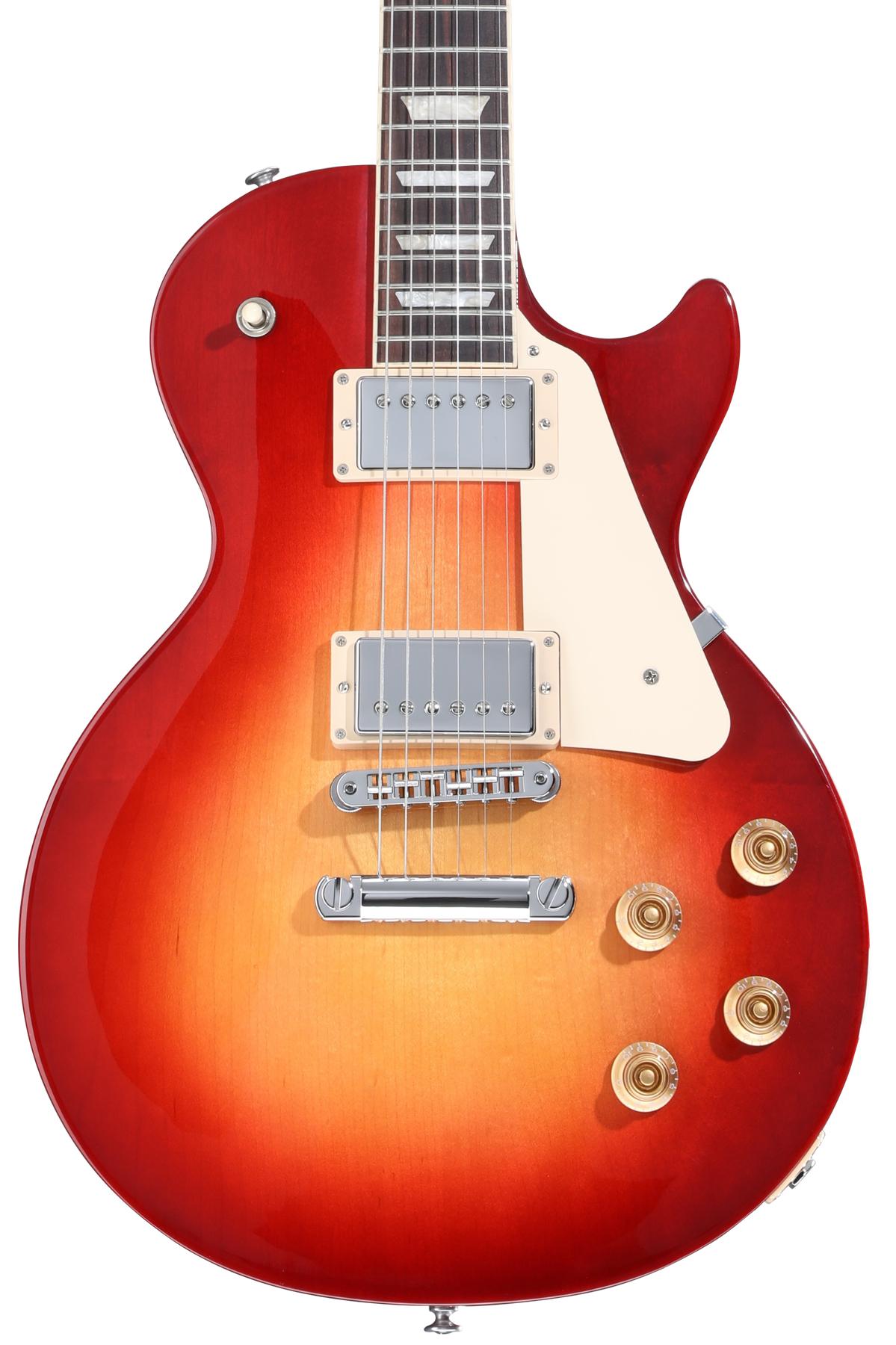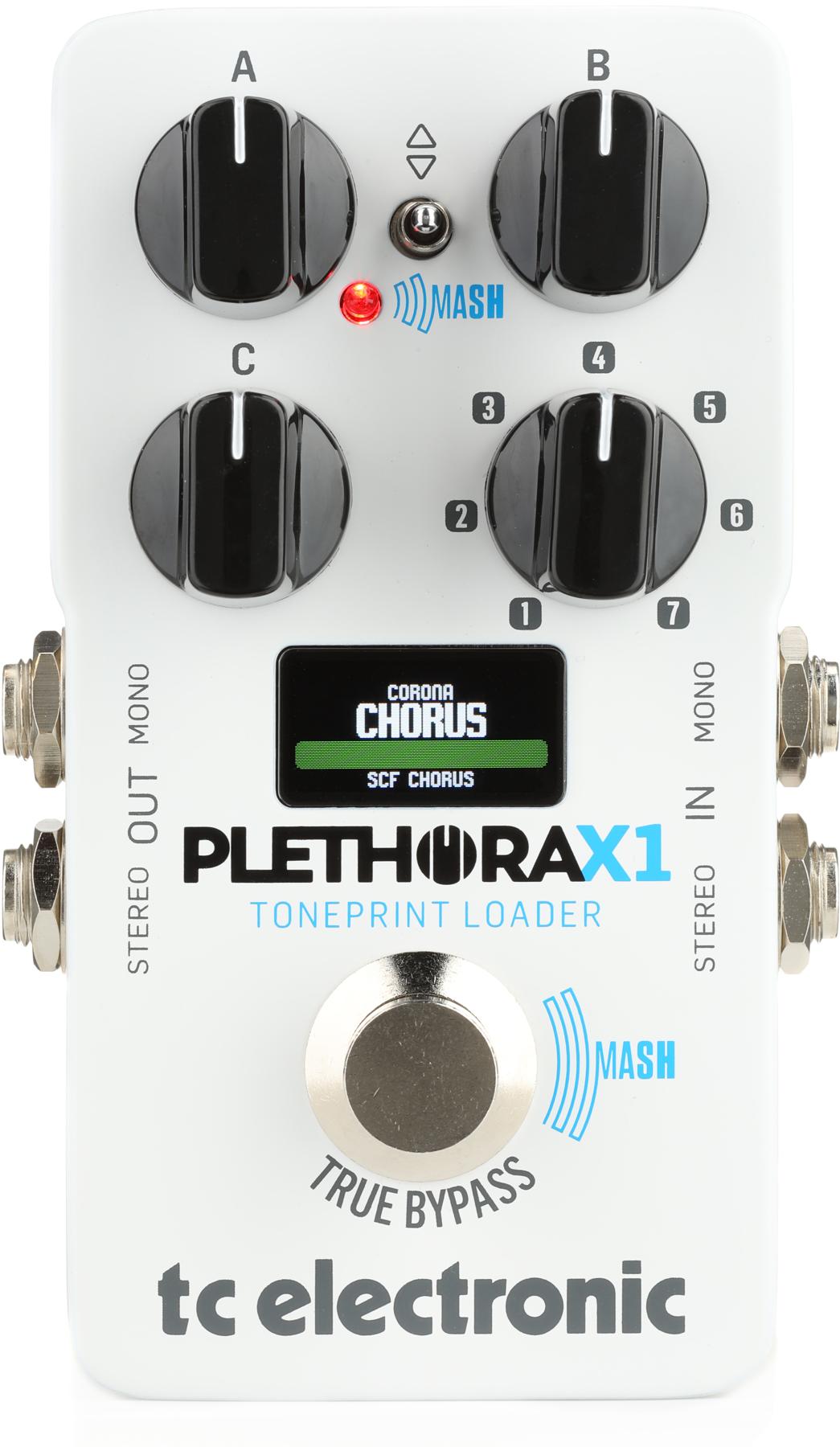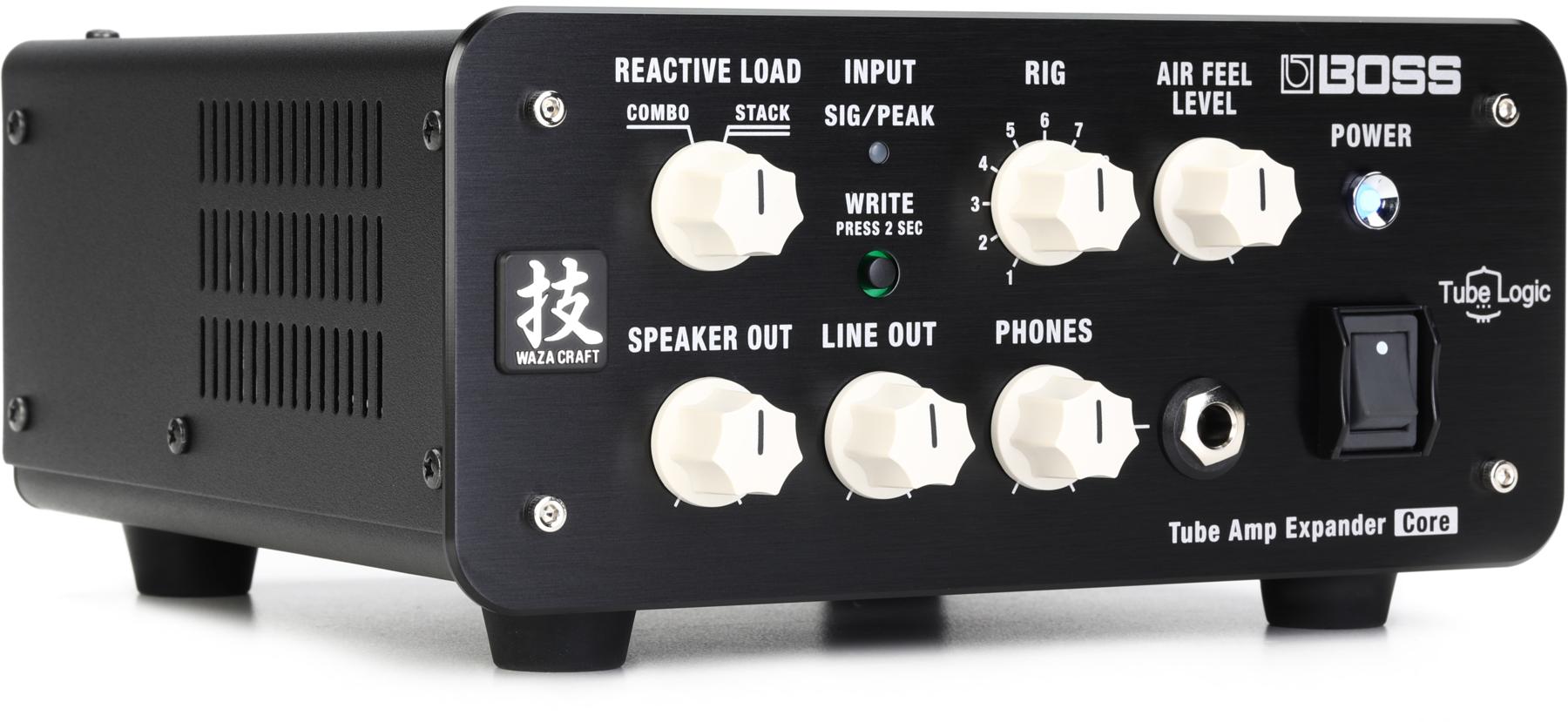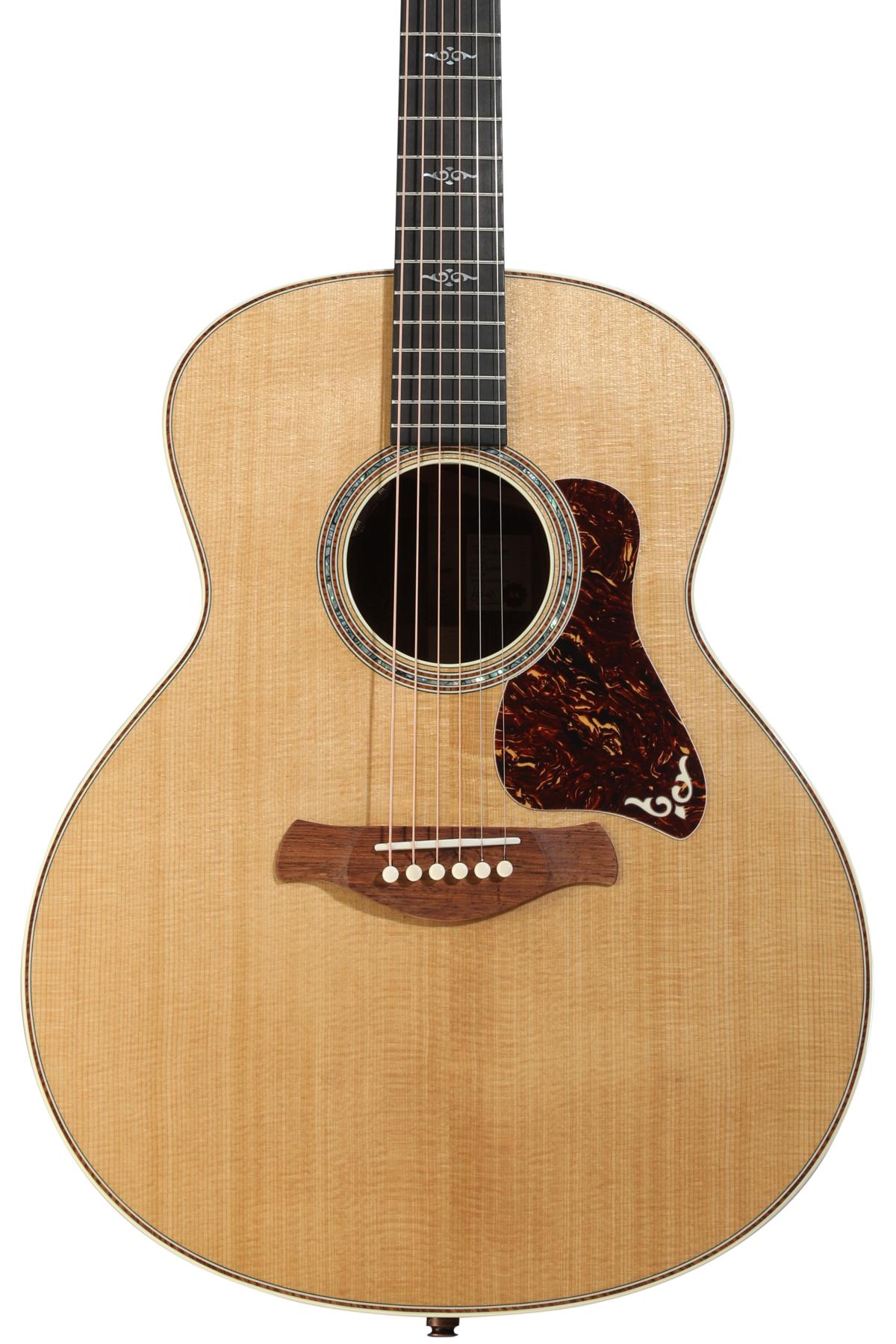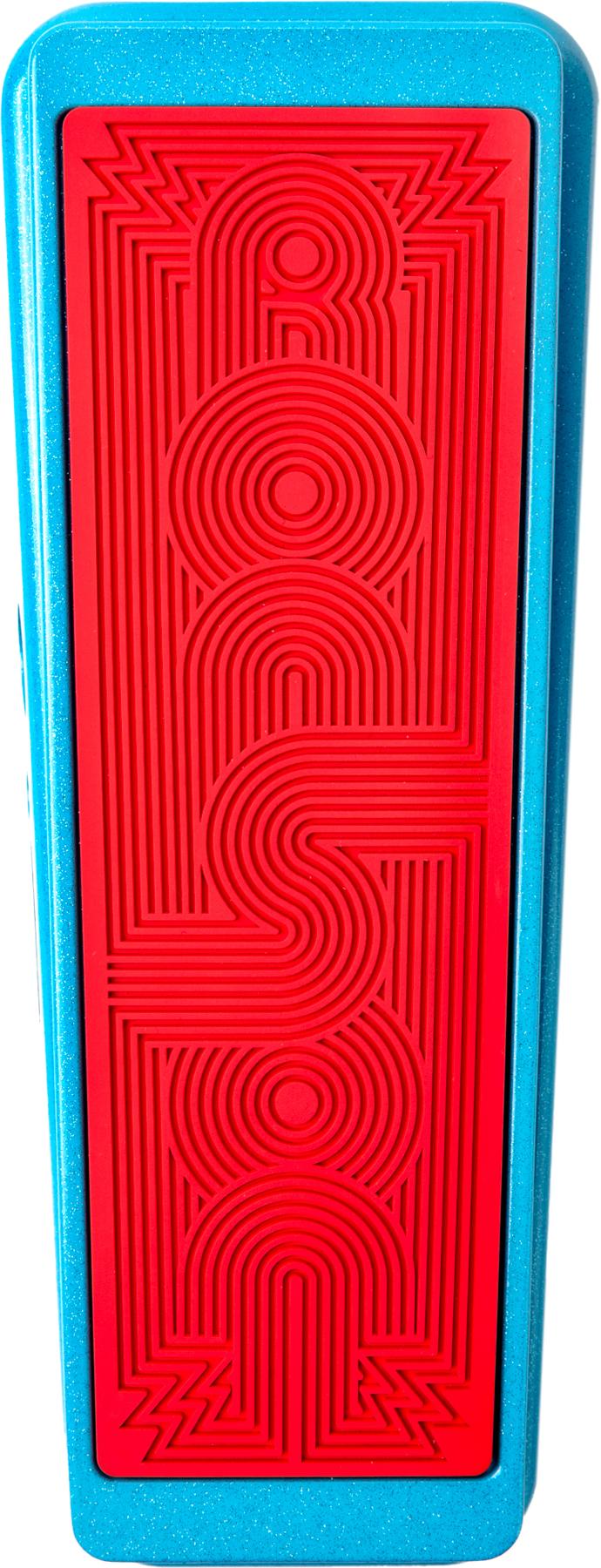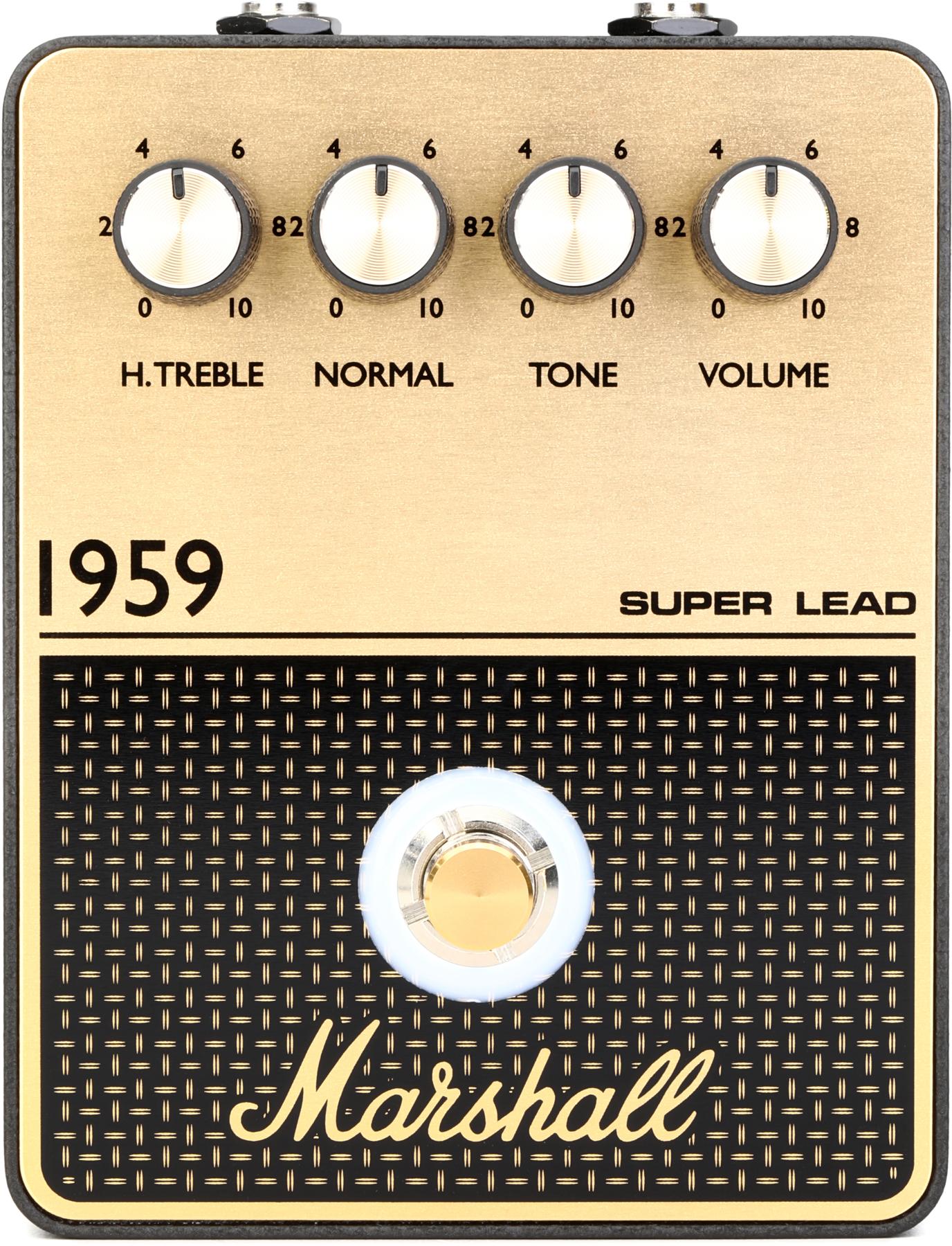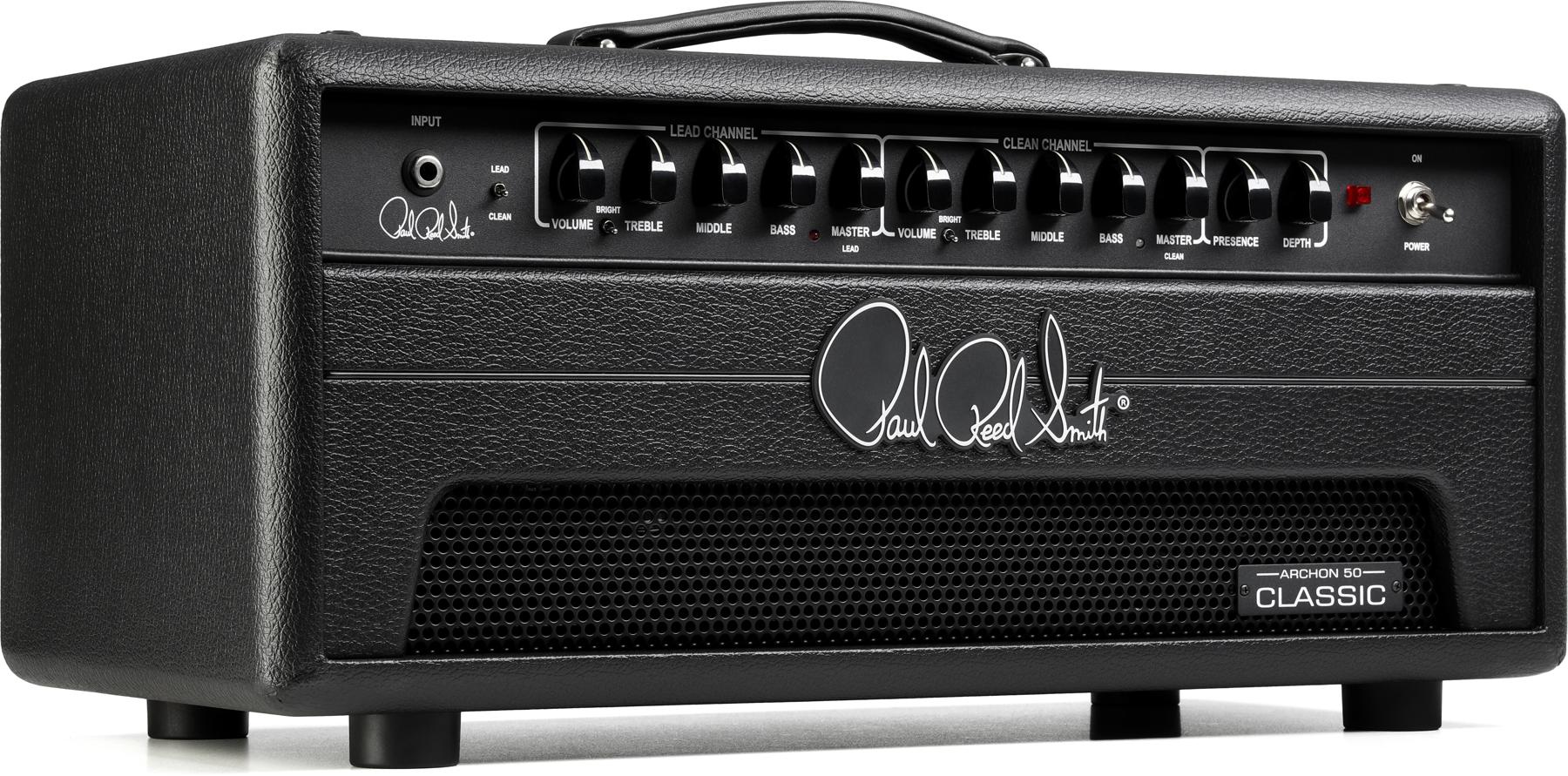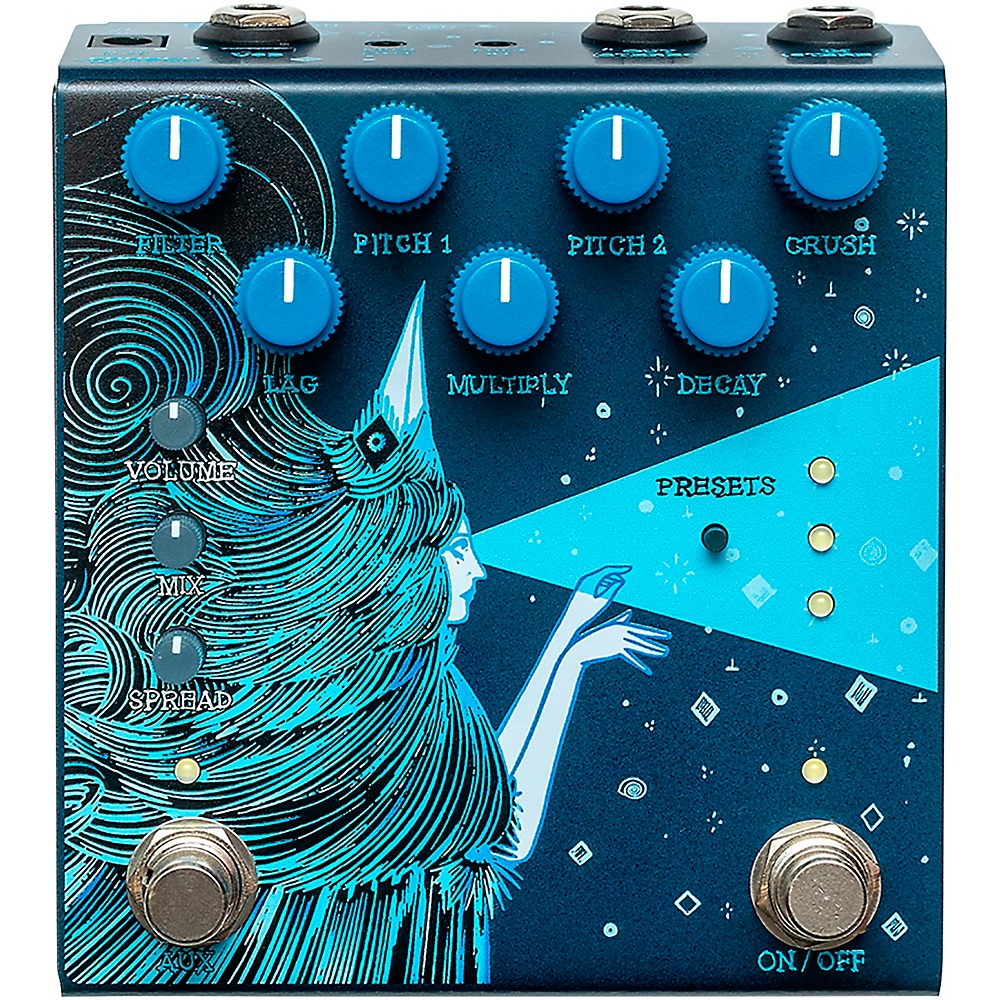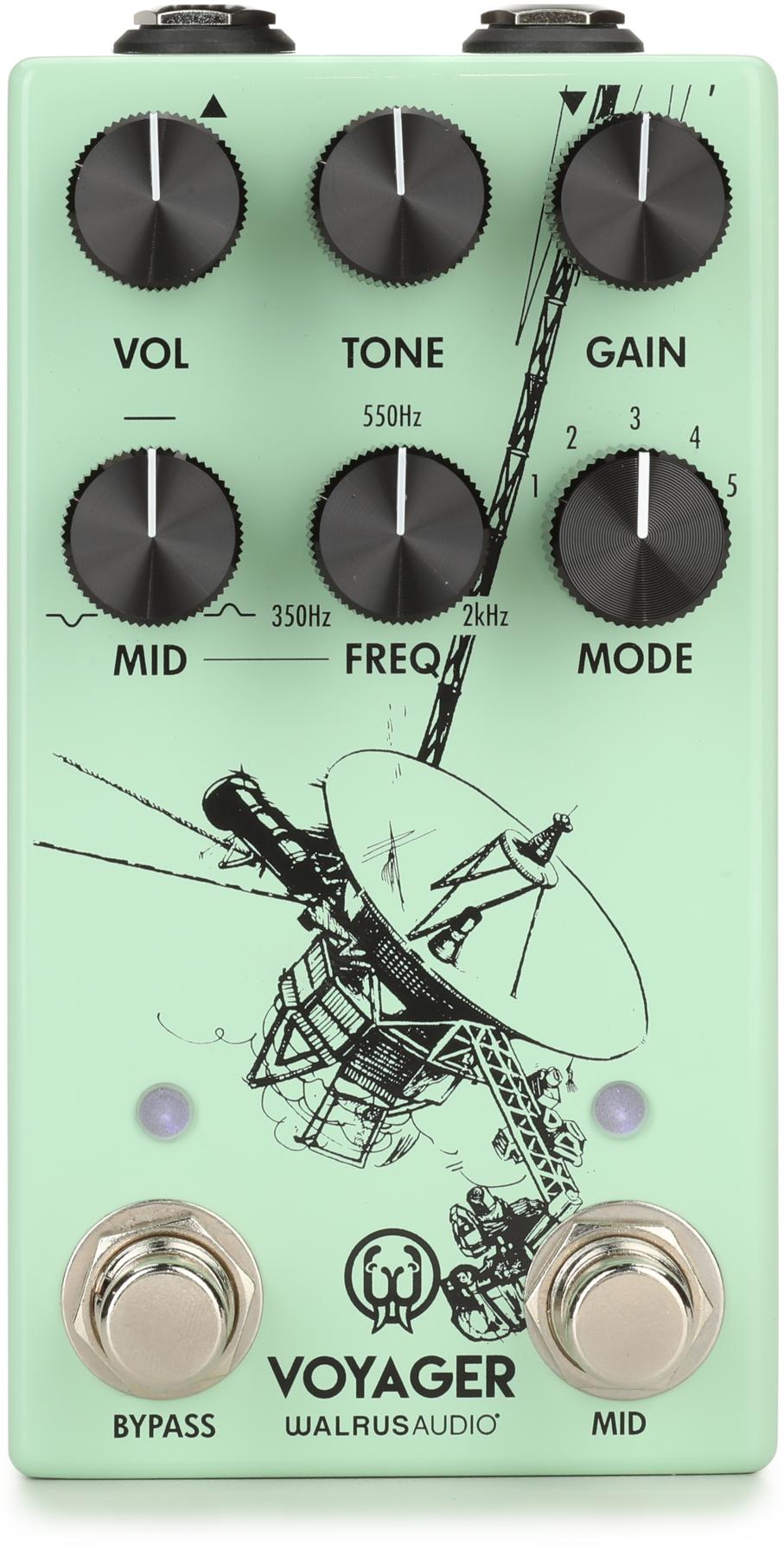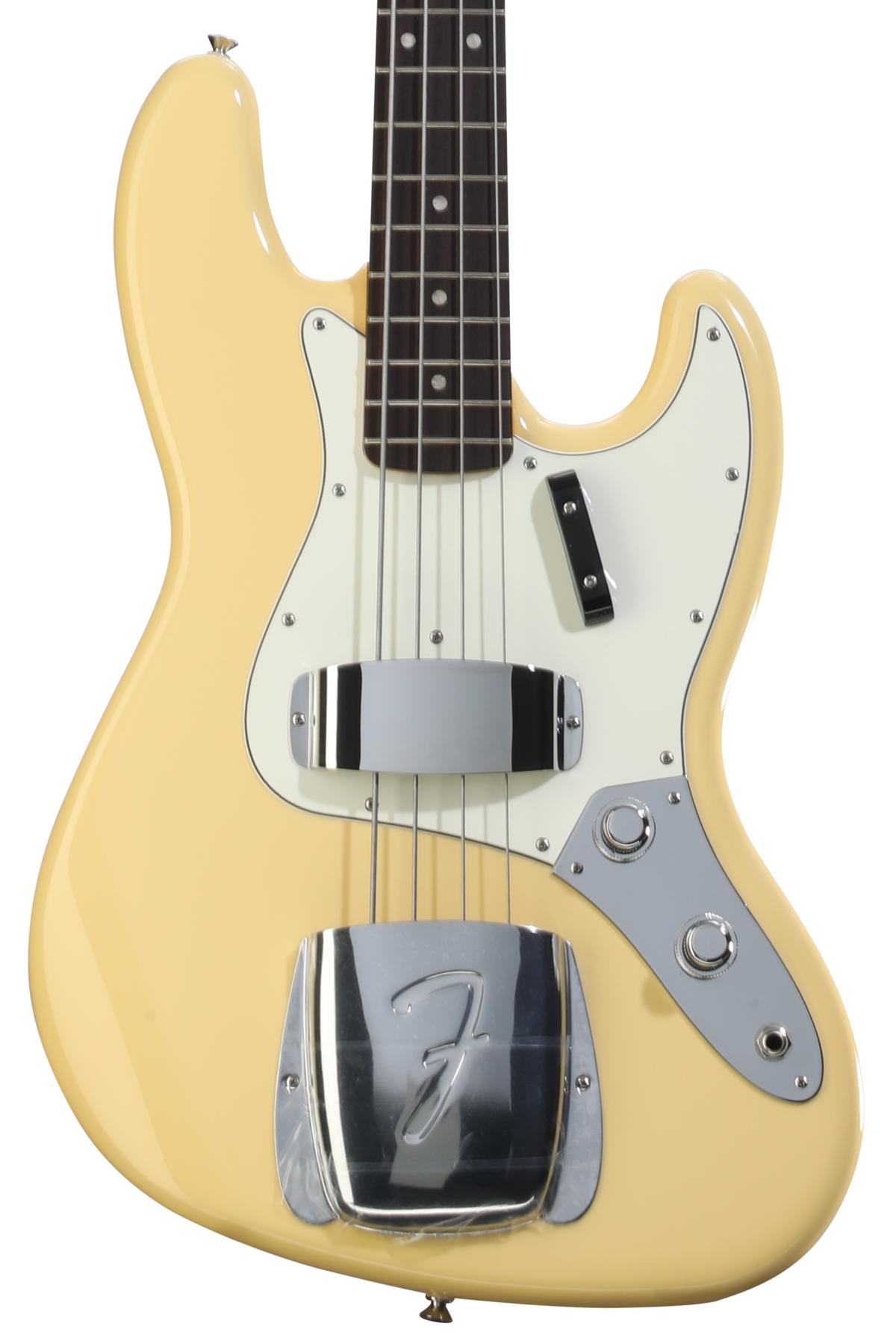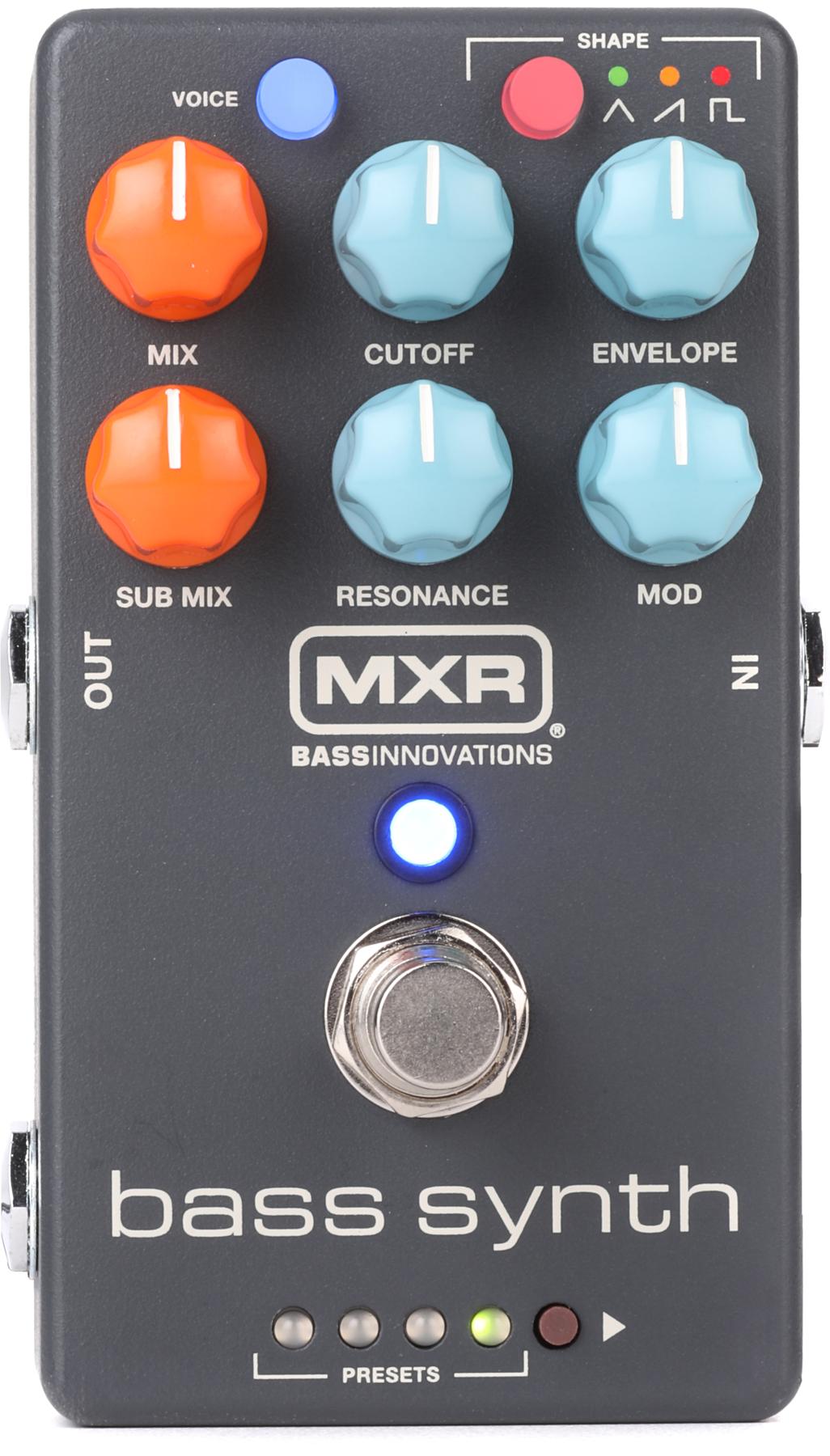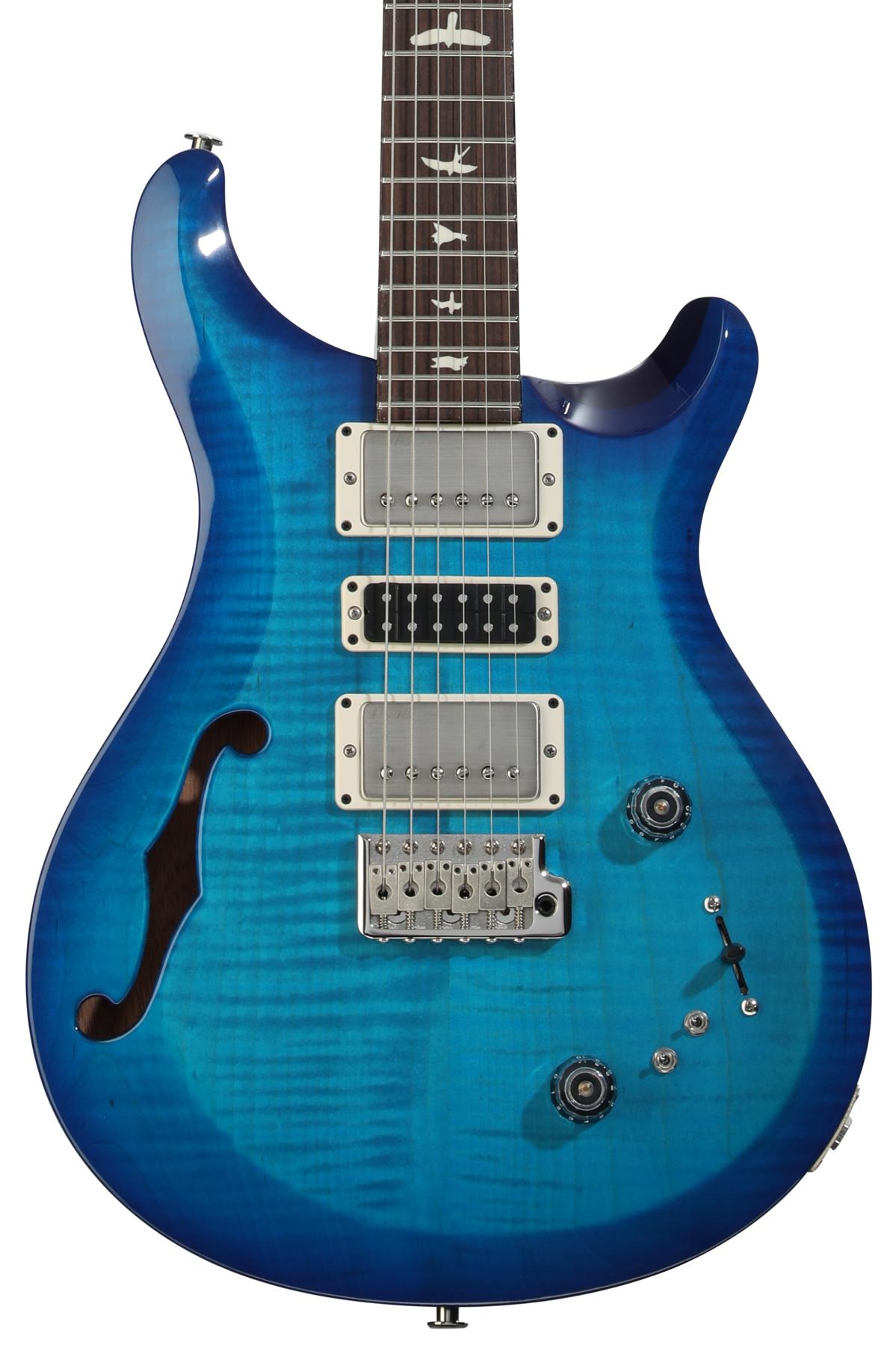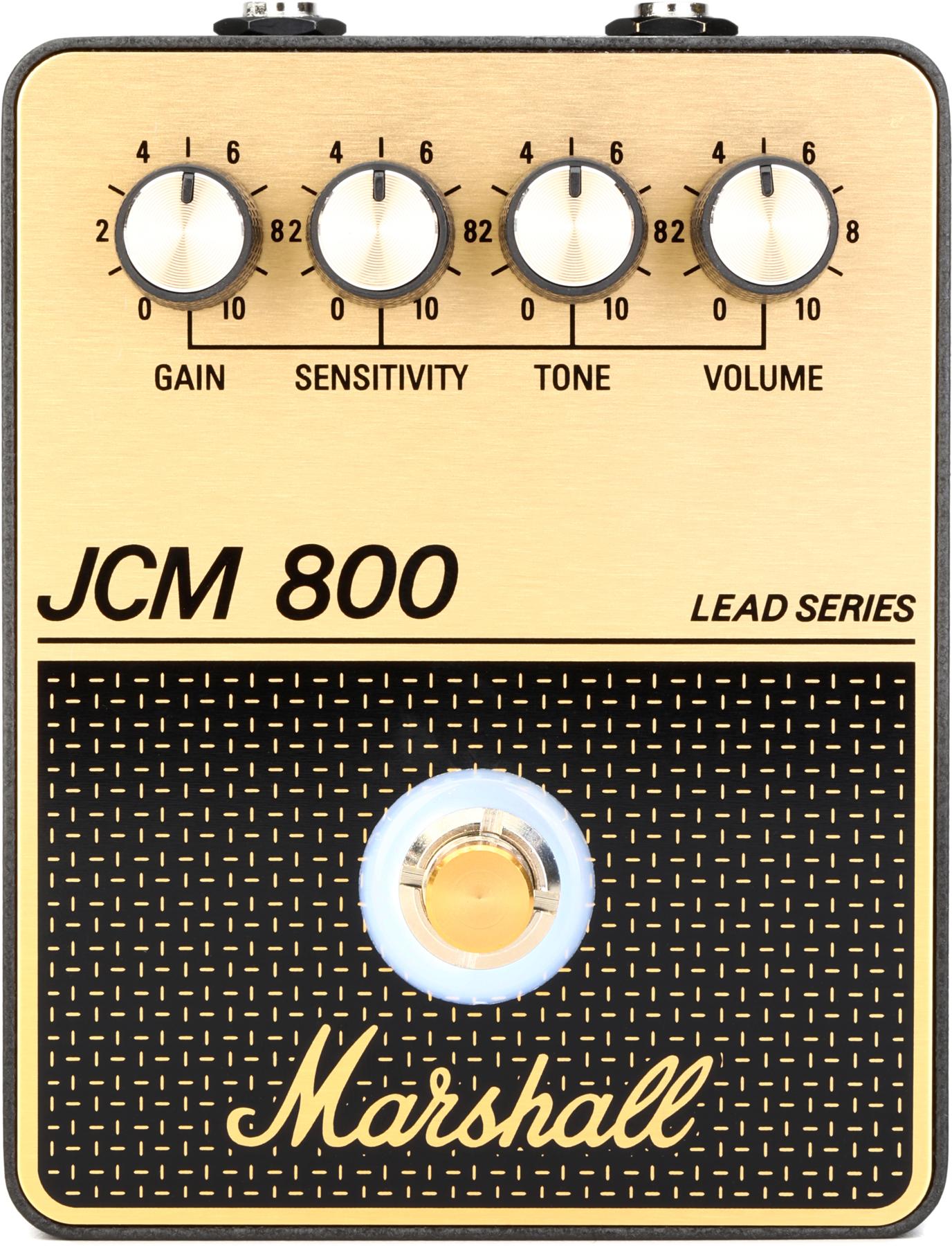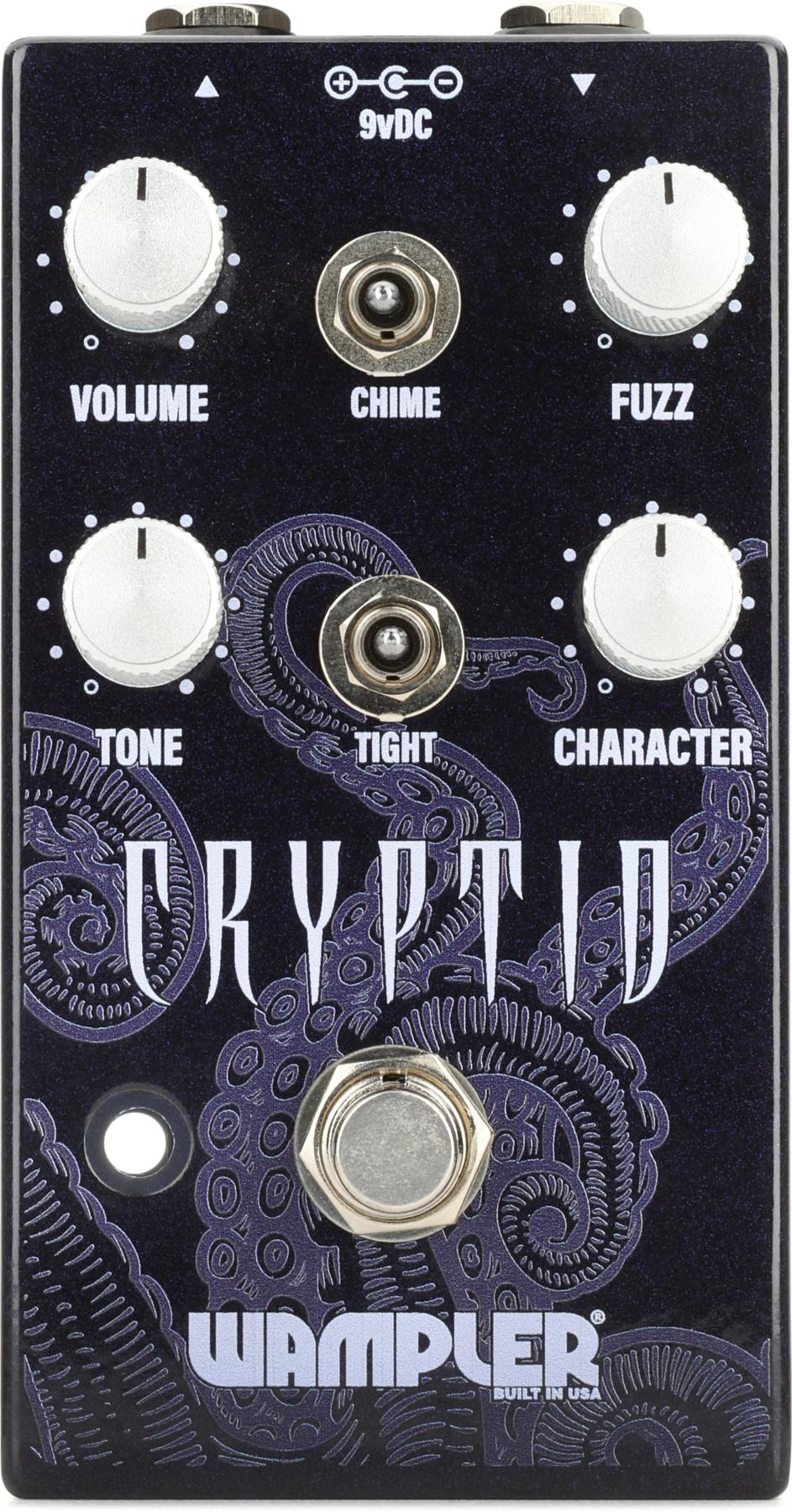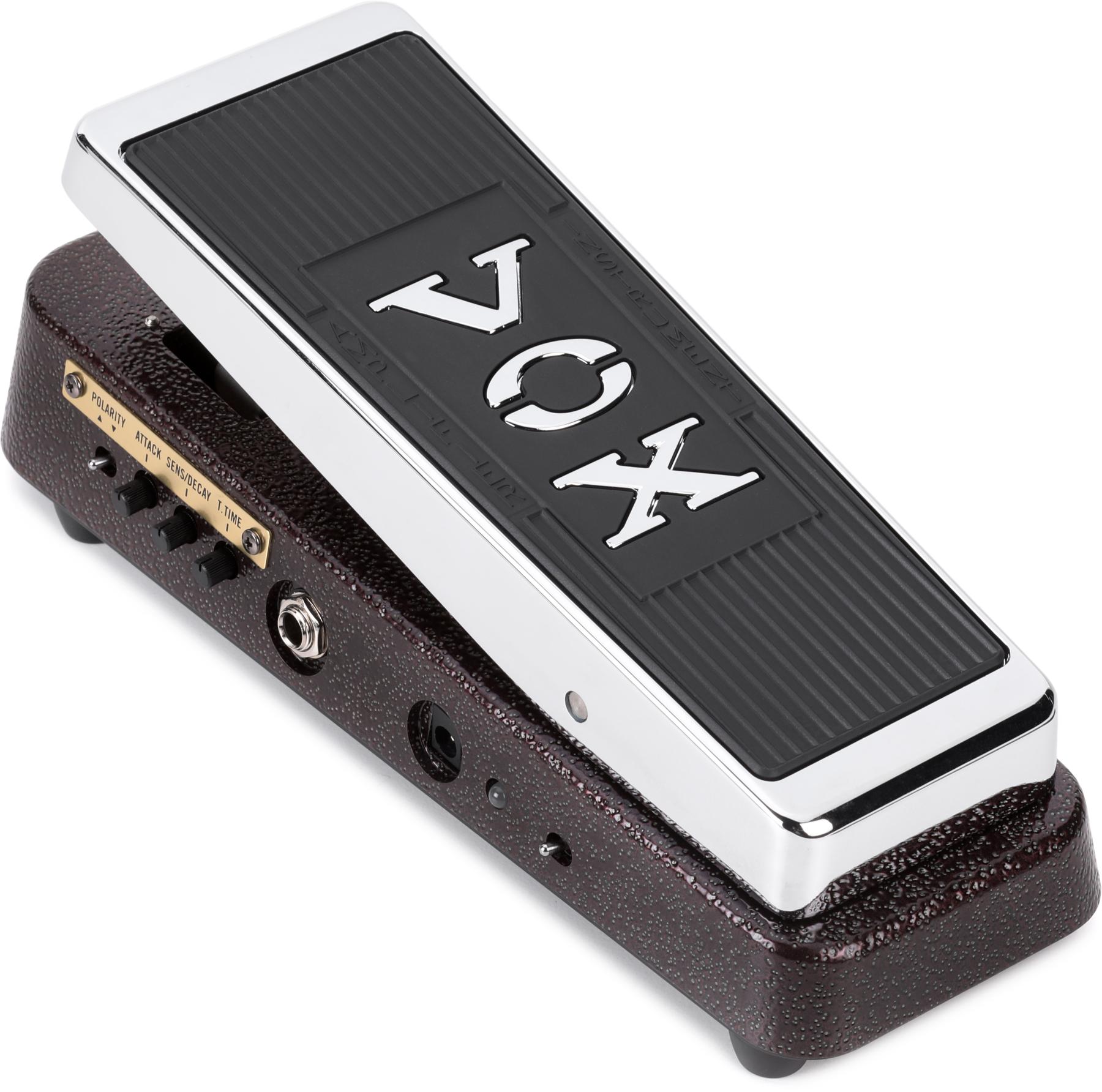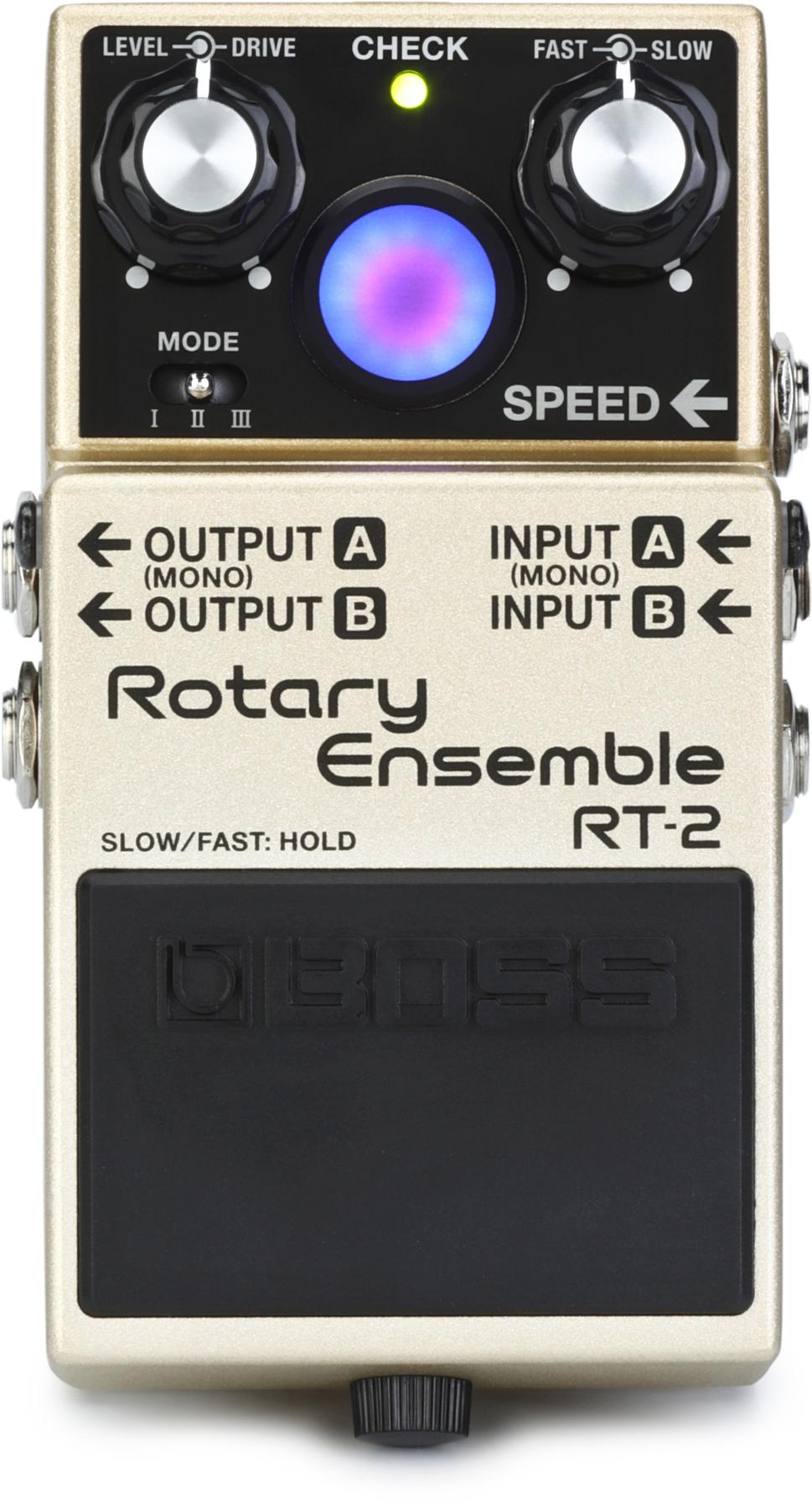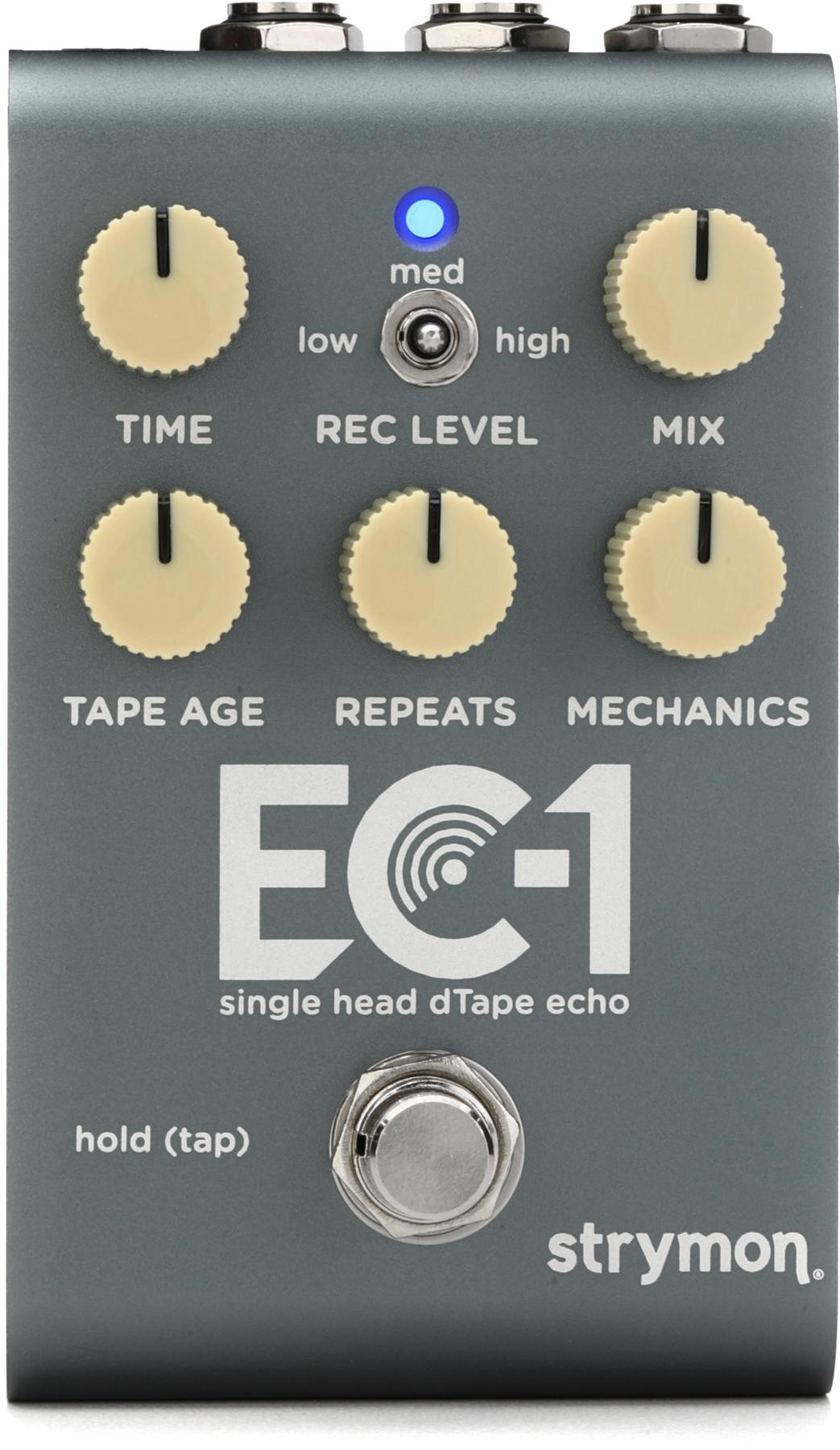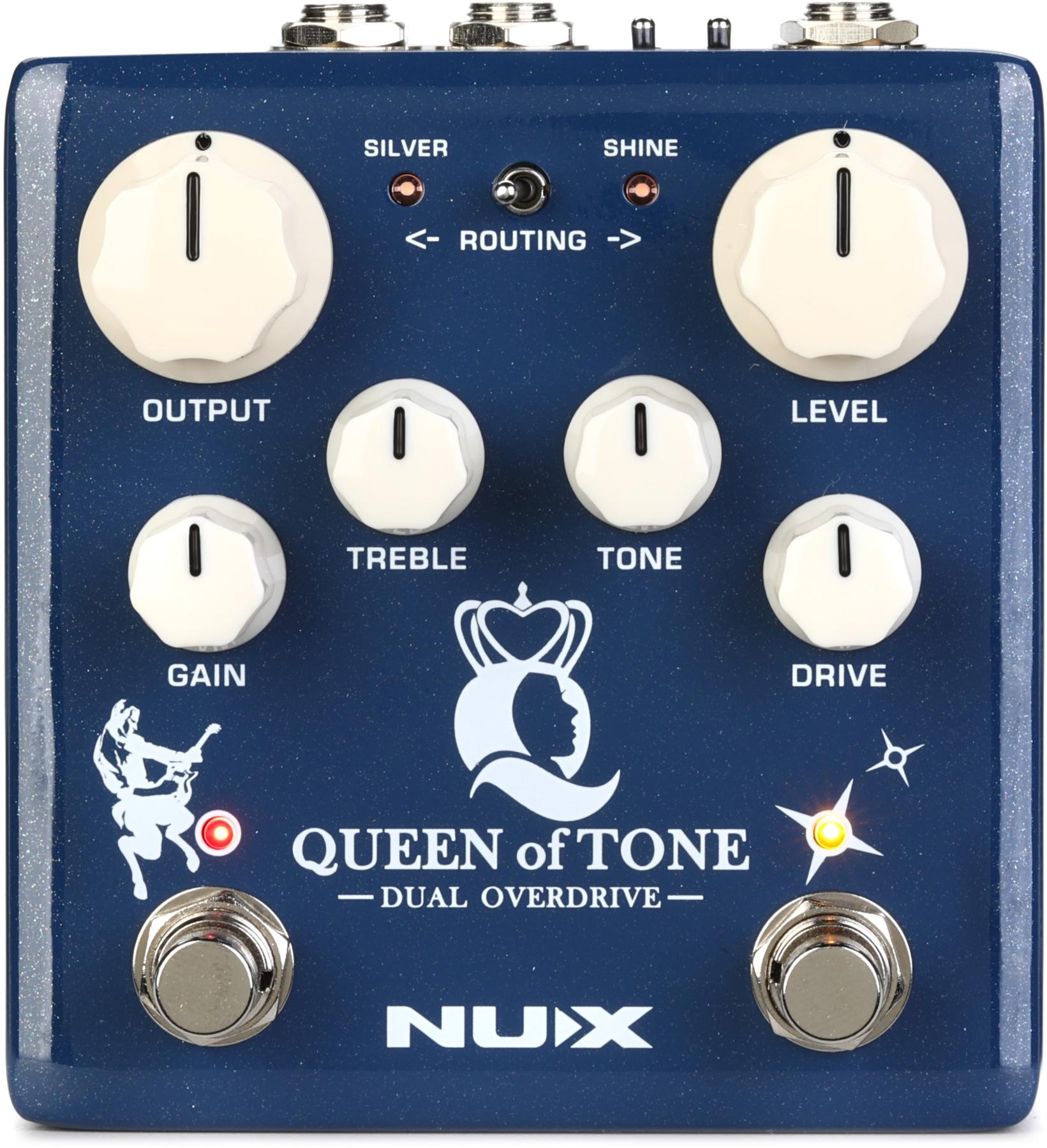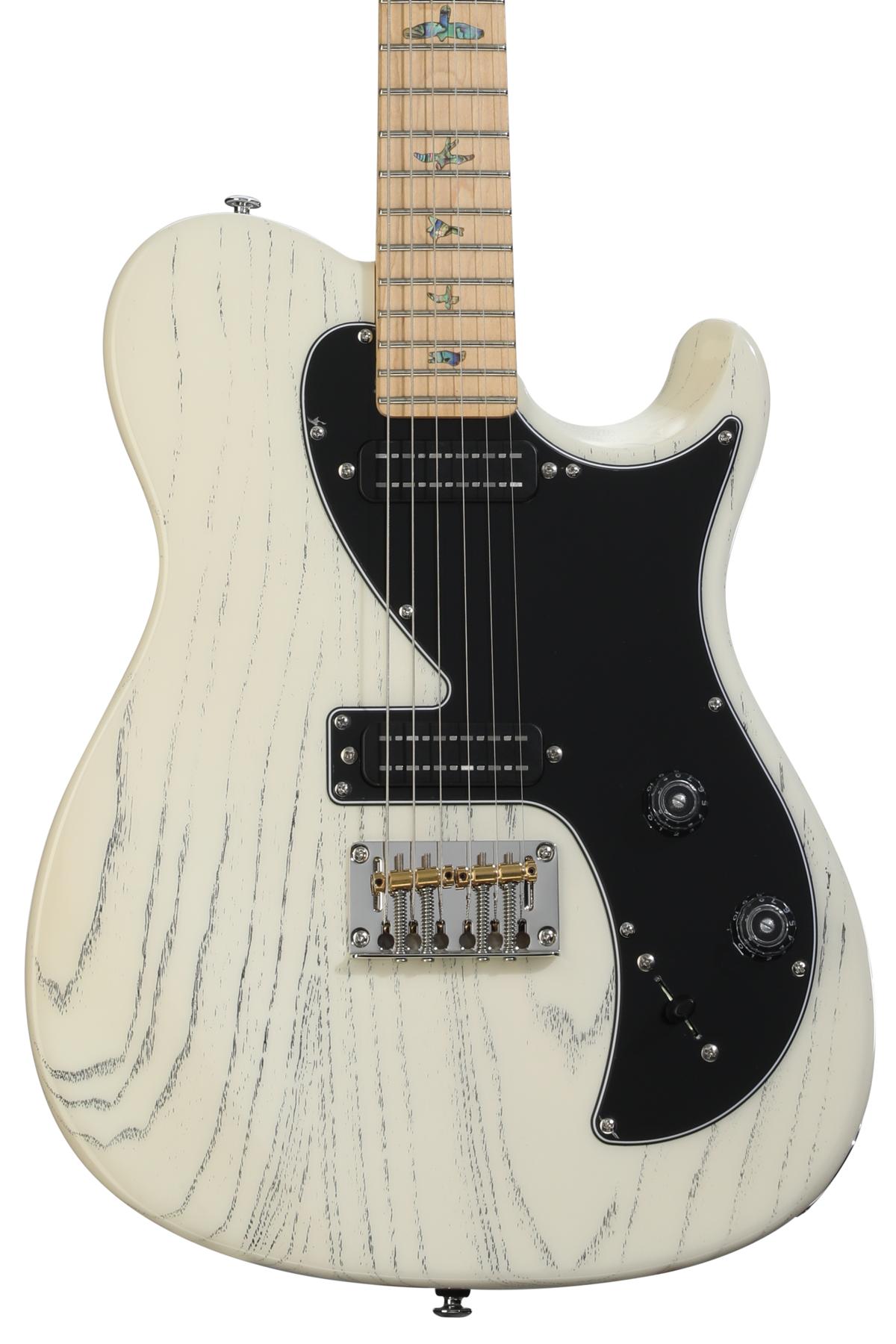Since 1996, Nik Huber and his team have been crafting highly regarded electric guitars from their shop 20 miles outside of Frankfurt, Germany. With an emphasis on quality, measured growth, and a genuine love for the guitar, Huber has thoughtfully expanded his line to cover multiple facets of electric guitar design. From his flagship Dolphin to the Les Paul-inspired Orca, the Tele-esque Twangmeister, and the Les Paul Junior-influenced Krautster, Huber covers a vast sonic landscape.
An archtop was a logical extension of the line, and the team embarked on that mission in 2011 using his single cutaway Dolphin model as the foundation. The first prototype became the first production model, with just a few modifications. The result, the Rietbergen, is an exceptionally fine instrument that reflects the talent and equally exceptional qualities of its creator.
Time Is Riet
Huber’s family has been involved in cabinet
making and master woodworking for over
100 years. Though his father was a pilot,
he taught Nik the family trade at a young
age, crafting toys and other projects in their
substantial home woodshop. Nik also developed
a love for guitar early on, aspiring to
be a professional musician until well into
his 20s. In the early ’90s, Huber attended
lutherie school in Spain and discovered his
true calling.
Early on, Huber forged a vitally important friendship with Paul Reed Smith, who provided guidance and insight. And while there are subtle aspects of Huber’s designs that nod to Smith’s influence—scraped bindings, hybrid hardware, and carved top contours, for example—the designs are uniquely his own. He currently produces about 120 guitars a year across 11 models, including the Rietbergen.
The Rietbergen exudes understated elegance with its classic appointments and thin semi-gloss polyurethane finish. Double-stained in tobacco sunburst, the single-cutaway body is carved from solid tone woods—a flamed, book-matched European maple top and one-piece mahogany back. The latter has been carved out to create hollow chambers on the top and bottom with a solid core down the middle of the guitar. The top features a pair of f-holes, and the muted glow of the finish has just enough yellow and dark caramel accents to look like it has been around for decades. The sunburst finish is accented by a scraped top with pleasing flame grain that accents the top’s warm hues.
The neck is made from a single piece of nicely figured mahogany that joins the body with a sculpted set-neck joint design that improves upper fret access. The neck is capped with a figured East Indian rosewood fretboard and features an ebony headstock veneer with a mother-of-pearl and abalone dolphin inlay and matching ebony truss rod cover. The dolphin inlay ties in nicely with the abalone dot fretboard markers. Our review guitar also features a hardware upgrade package that include a milled brass AVR-II TonePros bridge, aluminum tailpiece with brass studs, aged nickel pickup covers with brushed crème surrounds, gold bell-style brushed knobs, 3-way switch with crème plastic tip, Schaller tuners with ebony wood buttons, and an aged Schaller strap locking system.
In addition to the aesthetic appointments, Huber incorporated some design elements that might make the Rietbergen a little more playable than traditional archtop designs. It features a 25 1/2" scale and a reduced headstock angle that give the guitar a wonderful balance of comfortable string tension and note articulation.
The instrument also has an 11" to 14" compound radius fretboard with 22 medium jumbo frets made from a hardened alloy that has the tone of traditional fretwire but a hardness approximating stainless steel. It’s worth noting that the fret slots do not span the entire fingerboard, which negates the possibility of protruding fret ends and lends the feel of a bound fretboard. The bone nut is a little wider than other Huber guitars, measuring 43.5 mm (1.712") and the string spacing is very comfortable. So is the neck profile, which is best described as a rounded C carve with a little less shoulder. For a relatively thick neck, it feels fast, thanks in part to the semi-gloss finish. Huber called on the seasoned German pickup maker Harry Häussel to outfit the Rietbergen with a pair of PAF-style humbuckers—a 1959 model bridge humbucker and a 1959 custom model in the neck position.
Semi-hollow, Super Tones
Plugged into a Tomaszewicz amplifier, the
Rietbergen is capable of producing an impressive
array of tones for a multitude of musical
genres. The natural assumption is that any
archtop leans toward the blues or jazz vein.
But rock and country cats are every bit as
likely to find interesting—even ideal—tones
in the Rietbergen. Predictably, it has a thick,
bold primary voice, but with sweet highs that
can be very easily shaped and accented just
by varying your pick attack. The guitar still
exhibits all the traditional benefits of a semi-hollow
design—Nigel Tufnel-approved sustain
and expansive frequency response. But there’s
none of the soft or dull note bloom that you
hear in some semi-hollow electrics. Instead,
notes seem to leap off the Rietbergen’s fretboard
with great immediacy and clarity.
Ratings
Pros:
Flawless construction. Spectacular range of tones. Superb playability that makes heavy strings feel light.
Cons:
Expensive.
Tones:
Playability:
Build/Design:
Value:
Street:
$7,325
Company
nikhuber-guitars.com
Pulling up on the tone knob splits the Häussel humbuckers, unveiling another pleasing palette of single-coil tones that, not surprisingly, is a great match for the 25 1/2" scale. The split humbuckers exhibit some of the volume drop you’d expect, but interestingly, they tend to highlight more of the Rietbergen’s acoustic qualities—a range of tones that jazz players in particular are bound to appreciate.
In both split and true humbucking mode, the Häussel pickups are a perfect match for the Rietbergen—capturing and highlighting both the massive natural sustain of the guitar and the excellent string-to-string articulation. It’s hard not be impressed with how both fretted notes and open strings rang out so distinctly and clearly when played in unison. I also appreciated how comfortable the .011–.049 strings felt with the long scale. I executed full-step bends with ease, and needless to say, the heavier strings brought out the bold, yet nuanced voice of the instrument.
The Verdict
Nik Huber named this archtop model
to honor his wife Ingrid’s family name,
because she is one of three daughters and the
Rietbergen name would not continue past
the current generation. Fortunately, the guitar
that bears the same name is likely to not only
survive, but also enjoy considerable renown
for generations to come. The quality and
design execution are top-shelf. And the range
of tones you can summon form the split-coil/humbucking Häussel and the long-scale,
semi-hollow construction is bound to dazzle
or surprise, depending on the extent of your
experience with semi-hollow archtops.
It’s no secret that Nik Huber’s instruments are hard to top in terms of heirloom-level craftsmanship. But what the Rietbergen can deliver in musical terms reflects an equally impressive sense for what makes a guitar sound not just great, but extraordinary.
